Isn’t the Kgalagadi just a glorified desert with a few lonely antelopes?
So you think the Kgalagadi is just a big sandy nothing with a few stray antelope? Think again. This “desert” is a wild, star-lit, lion-stalked masterpiece that proves silence can roar.
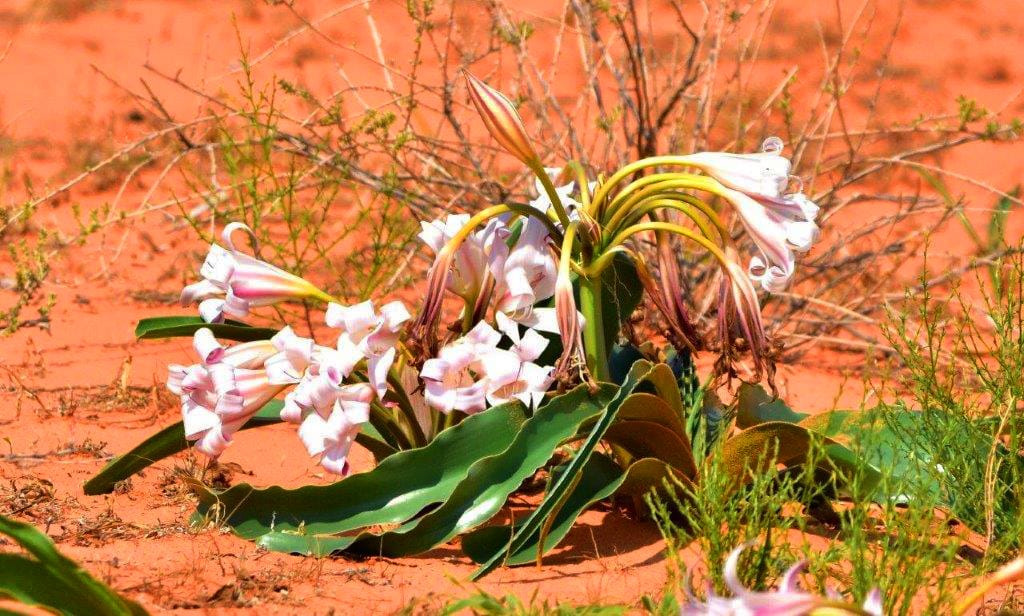
Perhaps you’ve heard the rumours. The Kgalagadi Transfrontier Park, that vast, sandy nowhere between South Africa and Botswana, is supposedly a glorified dust bowl with a few thirsty antelope wandering about, a place where even the tumbleweed looks bored.

Before you dismiss it as a dry patch on the map, let’s find out what really happens in this so-called “desert with a view”. Spoiler alert: it’s anything but empty.
The desert that’s very much alive
For starters, the Kgalagadi Transfrontier Park is not just one desert. It is a blend of two, the Kalahari and the Gemsbok National Park, merged into a transfrontier wonderland where wildlife plays to the rhythm of survival.
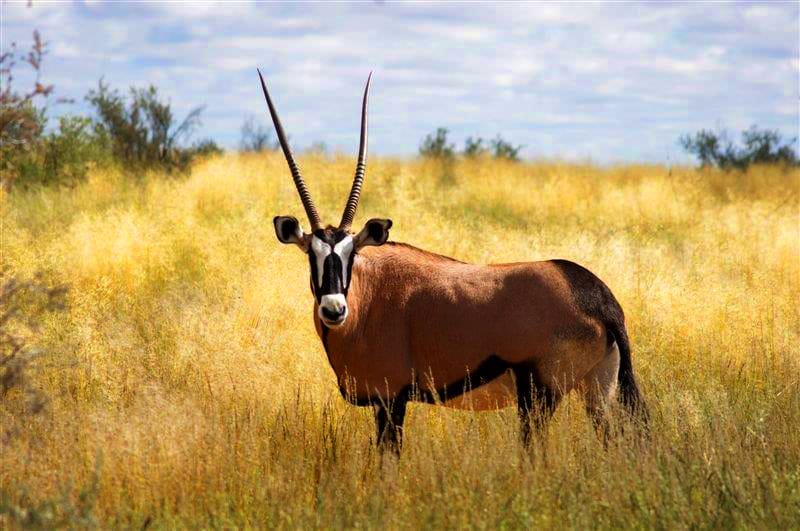
Yes, it is arid, it is supposed to be, but there is more life here than you might expect from a place that measures its rainfall in polite teaspoons.
The red dunes hum with activity. Black-maned lions saunter across them like they own the place, while gemsbok stand tall, looking like runway models in beige camouflage.
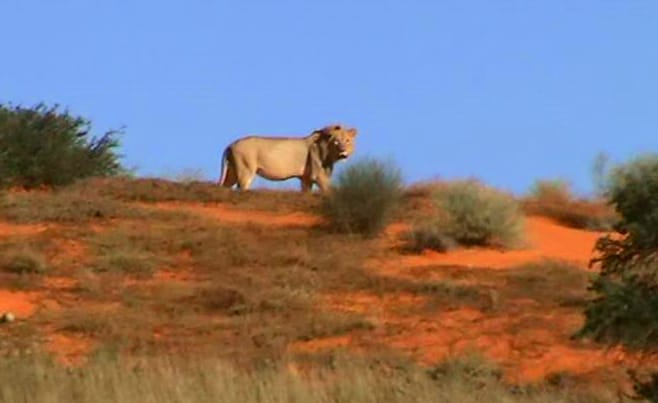
Even the smaller creatures steal the show. Meerkats pop up like gossiping neighbours, ground squirrels flick their tails in disapproval of everything, and raptors circle above with that “waiting-for-lunch” look. Nothing about this park is still, except perhaps the heat haze that dances across the sand at midday.
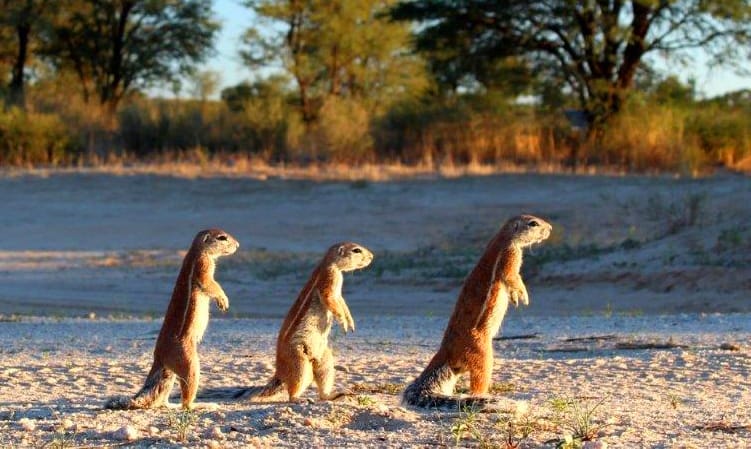
The silence that roars
The Kgalagadi’s greatest trick is its silence. It is not the awkward kind of quiet. It is the deep, cinematic sort that makes you feel like you have stumbled into a live documentary narrated by David Attenborough.
Here, the absence of city noise feels almost scandalous. Your ears start tuning into subtler sounds, the crunch of sand under tyres, the soft hiss of wind between camel thorns, the distant yelp of a jackal greeting the dusk.
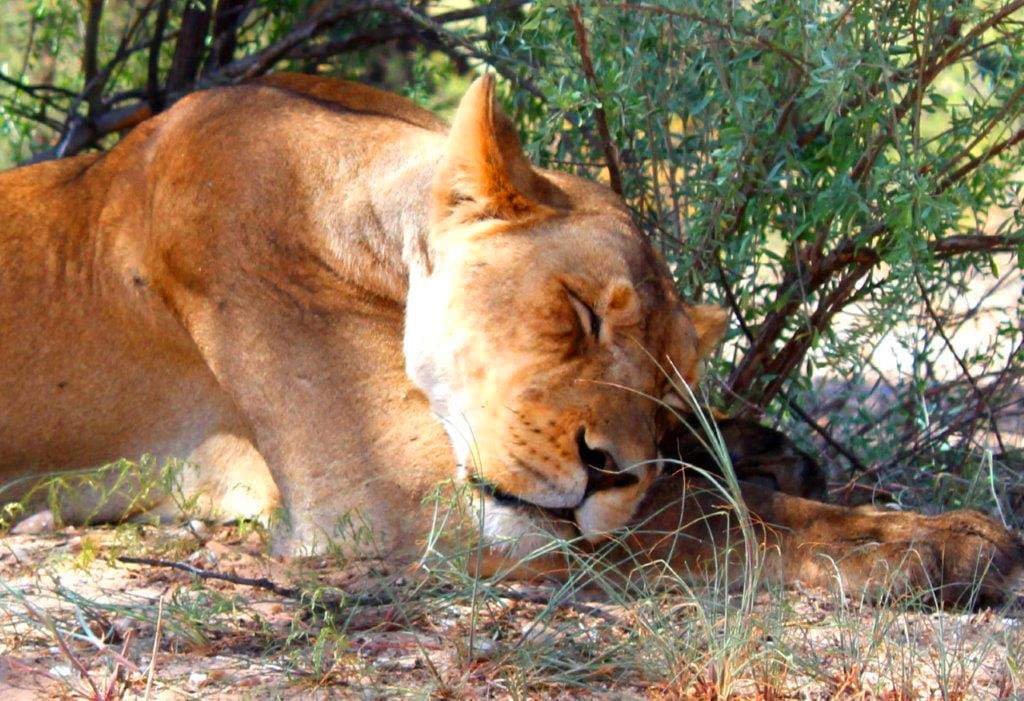
By night, the desert transforms again. The stars are not just visible. They are shamelessly brilliant. You will find yourself gawking upward like a first-time stargazer, trying to process how you have been missing half the universe all this time.
What to do when “There’s nothing to do”
The best part about the Kgalagadi is how unapologetically it makes you slow down. There is no five-star resort, no Wi-Fi, no cocktail bar with umbrella drinks, just you, the sand, and a very opinionated hornbill.
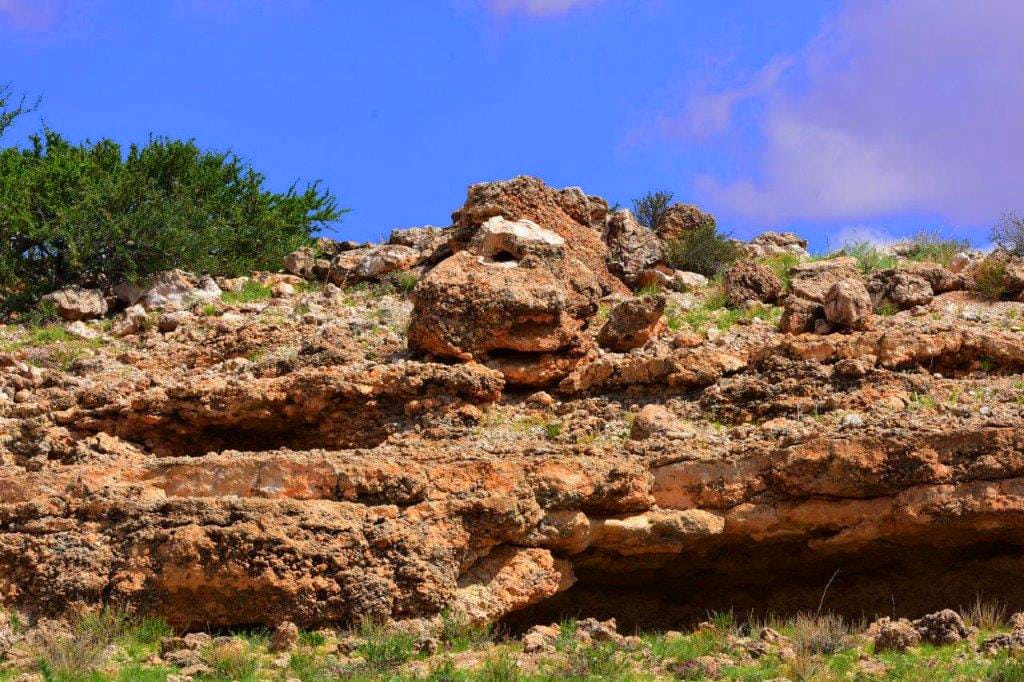
Drives here are not about ticking off the Big Five in twenty minutes. They are about spotting a leopard’s tracks in the dust or waiting patiently as a herd of springbok practices their Olympic-level pronking routine.

For photographers, it is pure gold. The light shifts from gold to rose to crimson within minutes, and even the shadows seem to pose for portraits.
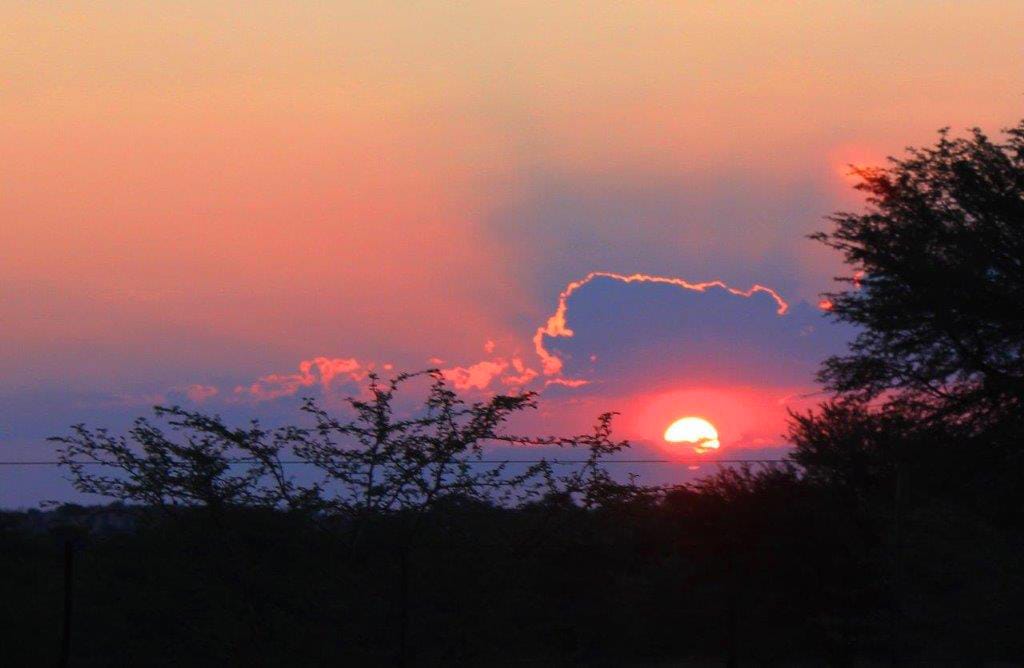
Early mornings bring crisp air and the sound of doves cooing near your campsite. Evenings are for campfires, cracked jokes, and the occasional debate about whether that lion’s roar is “near” or “too near”.
Surviving (and loving) the heat
Yes, it is hot. The kind of heat that makes your water bottle question its life choices. But with the right timing, think May to September, the temperatures are pleasantly mild, and the skies are cloudless perfection.
The trick is preparation, good sunscreen, a hat that will not blow away in the wind, and plenty of water. In return, you get the sort of solitude that resets your brain.
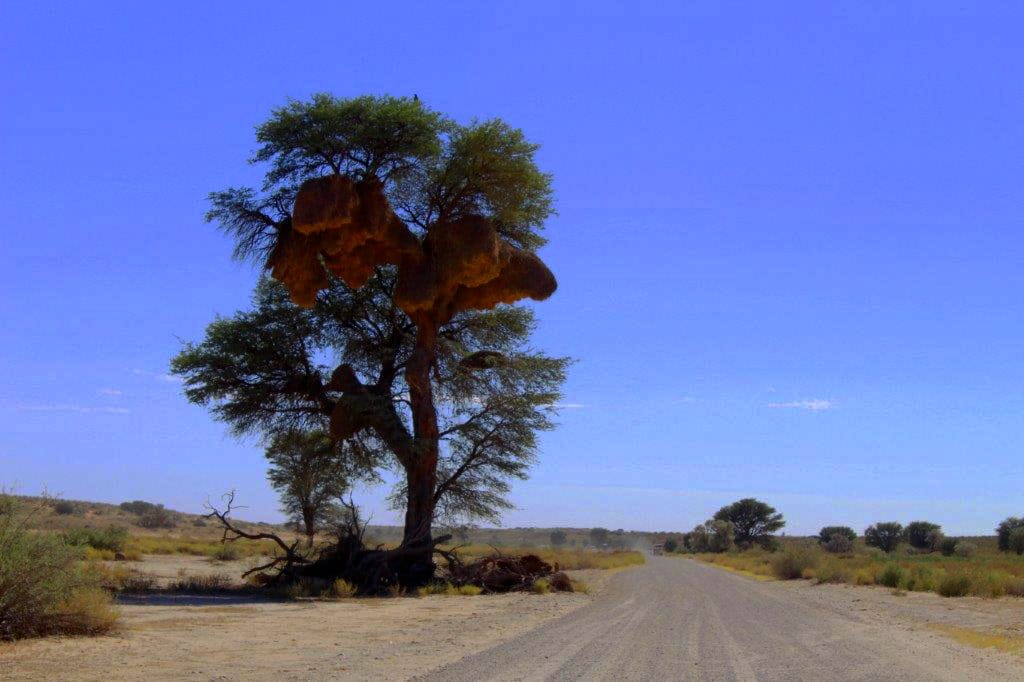
Getting there (and around without losing your marbles)
The park entrance is roughly 250 km from Upington, which makes it feel remote enough to qualify as an adventure but still reachable without needing a private jet.
A sturdy 4x4 is your best friend here, not for showing off, but because sand and sedans are not a happy combination.
Book accommodation early, whether it is a chalet with a view at Nossob or a rustic wilderness camp like Bitterpan. And always, always fuel up when you can. Petrol stations here do not grow on trees, mainly because there are not many trees.
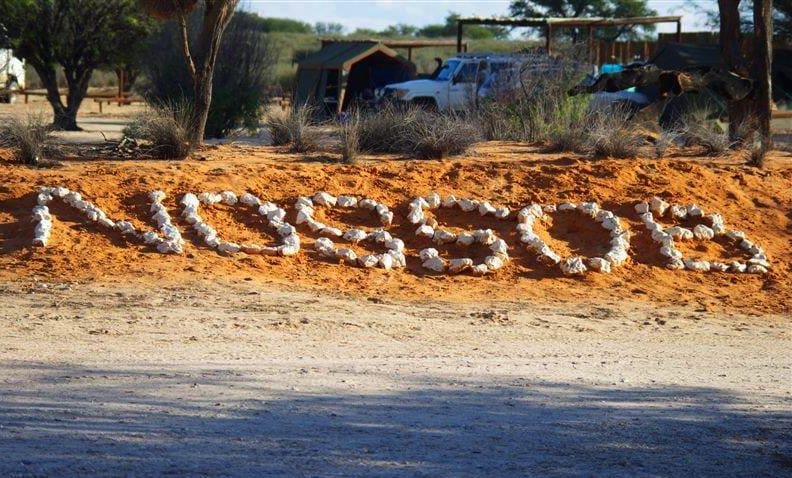
So, is it really just a desert?
Calling the Kgalagadi “just a desert” is like calling Table Mountain “just a rock”. It is a place that strips away the noise of everyday life until only the essentials remain: dust, sky, silence, and the unfiltered thrill of being somewhere raw and real. You might come here expecting emptiness, but you will leave with sand in your shoes, stars in your eyes, and an entirely new respect for how alive the quiet can be.


So shall we agree, the Kgalagadi being just a glorified desert is the world’s most spectacular understatement?




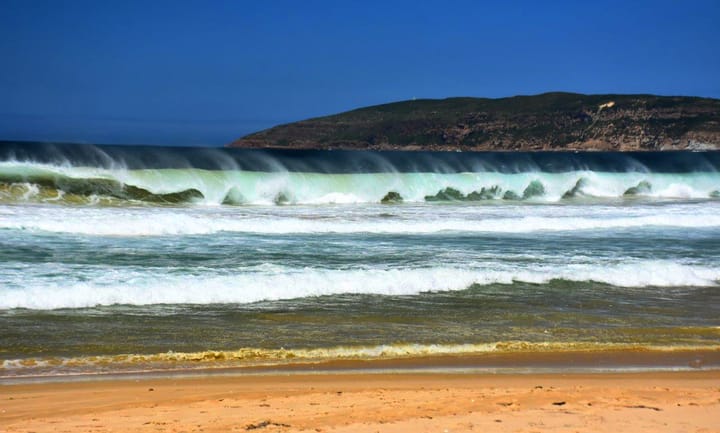
Comments ()